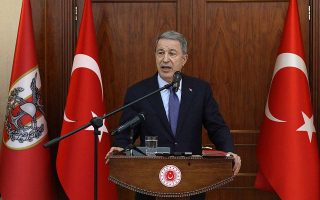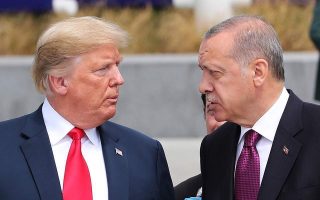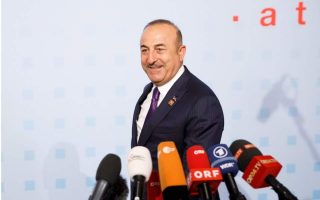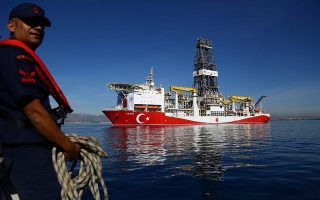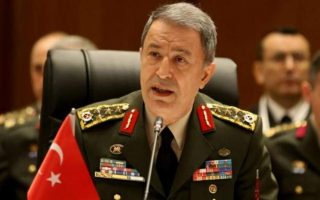From the failed 2016 coup attempt to the S-400s
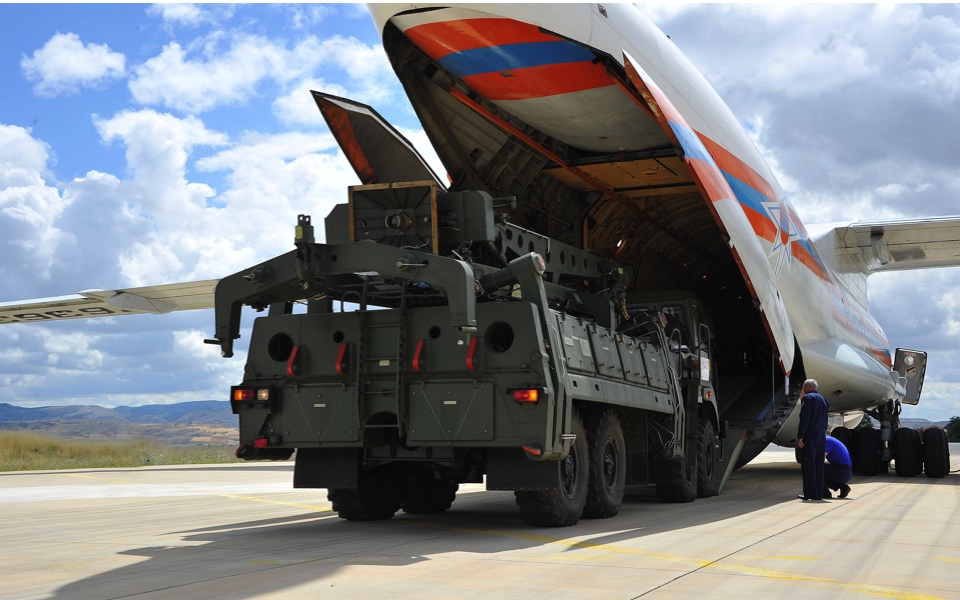
The moment when Turkey received the Russian S-400 anti-aircraft missile system, designed primarily to shoot down NATO planes, carries immense geopolitical significance, and as such it deserves closer inspection. Careful examination reveals a number of moves intended to send a message.
The deployment of the air-defense system began on July 12, just three days before the third anniversary of the 2016 coup attempt in Turkey. The alleged culprit, according to Ankara, was the Islamic cleric Fethullah Gulen, who is in self-exile in Pennsylvania. Apart from various high-ranking officials, the arrival of the S-400 components was also attended by numerous media crews that broadcast the ceremony live on most national TV channels, making sure the world was watching the geopolitical shift.
But perhaps the most important symbolism in the deployment was its location. The reception took place at Murted Airfield Command, formerly known as the Akinci Air Base, which served as the operational headquarters of the attempt to topple Recep Tayyip Erdogan’s regime three years ago.
If the connection between the S-400s’ reception and the attempted coup was not already apparent, the Turkish president made sure to clarify it. Speaking at Istanbul’s Ataturk Airport on the third anniversary of the attempted coup, Erdogan spent a significant amount of time during his speech praising the country’s new defense acquisition. “With God’s permission, the S-400s will have been properly installed in their sites by April 2020,” he told an enthusiastic crowd. “They are the strongest defense system against those who want to attack our country again.”
The links between the purchase of the Russian anti-missile system and Erdogan’s attempt to recover from the July 15 coup attempt are anything but coincidental. Turkey has insinuated multiple times that it continues to suspect that the United States was behind the incidents on that foggy night in 2016, both for domestic and diplomatic purposes.
By acquiring the S-400s in a public, choreographed ceremony, Ankara completes its careful attempt to shift away from the “unreliable” Washington – which continues to reject Turkey’s requests for Gulen’s extradition, citing a lack of evidence – choosing instead to solidify a strategic partnership with Russia.
Evident from the start
Beyond the symbolism, the importance of the failed coup in Ankara’s decision to procure the Russian anti-missile system was evident from the start of the acquisition process.
Just days after the night of July 15, Erdogan traveled to St Petersburg accompanied by a large official delegation in his first official state visit after the coup. There, he participated in closed-door discussions with Russian President Vladimir Putin, which soon materialized into a public discussion about the transfer of the S-400s. By April 2017, the discussions had led to an agreement officially ratified by both parties.
After the contentious agreement with Russia, the Turkish president seized multiple opportunities to openly express his conviction that the United States was heavily involved in the coup attempt. Speaking in Parliament in January 2018, Erdogan made an unorthodox link between the coup attempt and the US-based trial of various Turkish officials who broke the sanctions imposed on Iran. “Those who failed to get rid of us on July 15 are now making new attempts at a coup d’etat,” he declared, as members of the governing AKP erupted in applause.
These insinuations were not solely a narrative weaved for domestic consumption. In an op-ed penned for the New York Times during the summer of 2018, Erdogan expressed his deep disappointment that the United States continued to offer support to “PKK paramilitaries in Syria as well as Gulen’s terrorist forces.”
“At a time when evil continues to lurk around the world, unilateral actions against Turkey by the United States, our ally of decades, will only serve to undermine American interests and security,” Erdogan said in the article. “Failure to reverse this trend of disrespect will require us to start looking for new friends and allies,” he concluded.
It took less than a year for those threats to fully materialize. In the meantime, Washington showed few signs of taking the accusation seriously, and made no substantial effort to dispel rumors about its alleged involvement in the coup attempt. As Steven Cook recently wrote in an article for Foreign Policy, “while US policymakers worry about their special relationship with Ankara, Turkey’s president knows it’s already dead.”
The road ahead
Of course, despite the skepticism, a partnership between the US and Turkey has to continue due to issues like Syria. Last week, a US delegation landed in Ankara in order to form a joint operations center that will oversee the creation of a so-called safe zone in Syria. This followed a rather hasty agreement between Washington and Ankara to address Turkey’s security concerns along its southern border. Erdogan’s threats of a possible invasion beyond its borders with Syria in order to contain Kurdish fighters seemed to have persuaded the US government, which wanted to appease Turkey and de-escalate tensions in the region.
Through a rather laconic joint press release, the two countries claimed that “the joint operations center will ensure the establishment of a safety zone, soon to be transformed into a corridor of peace.” Nevertheless, the specifics of the safety zone, such as its exact size and operational control, remain unclarified.
In the meantime, Ankara successfully managed to delay – albeit temporarily – the discussions about the US sanctions over the purchase of the Russian S-400 missile system.
